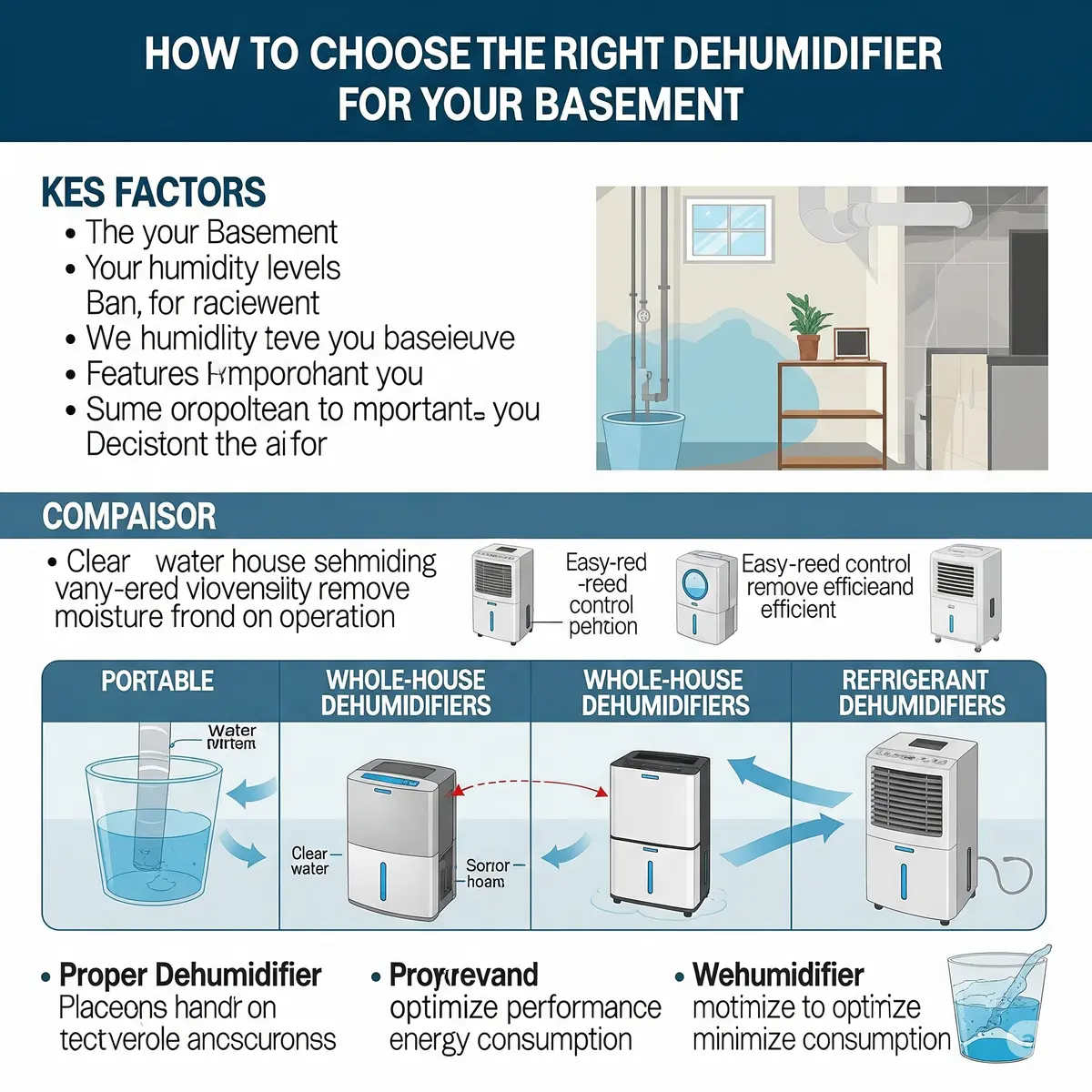So you’ve made the decision that it’s time to get a dehumidifier for basement moisture control, but where do you begin? When the options are that plentiful, it can be very overwhelming to pick the right dehumidifier. Not all models are created equally, and the one that is best for your house is dependent on the unique needs of your basement. But don’t fret—I’ll explain everything you need to know to pick the best dehumidifier for the basement.
Primary Things to Consider Before You Buy A Basement Dehumidifier
If you’re in the market for a dehumidifier to prevent basement mold, you’ll want to consider the following tips to make sure the model you select is as efficient as possible. Here are a few things to think over:
Size and Capacity:
The size of your basement is a key factor in determining what type of dehumidifier you’ll need. If you have a small basement, a smaller model may be enough. But if you have a larger or particularly damp basement, you’ll need a larger capacity model. Because dehumidifiers are typically rated by how much moisture they can remove from the air per day. For example, a 30-pint dehumidifier is ideal for use in spaces up to 500 square feet, while a 70-pint model is best for larger areas.
Energy Efficiency:
Energy efficiency If you intend to run your dehumidifier all year long, you may also want to consider efficiency. So choose models that are Energy Star-rated so you know you’re keeping energy costs low while keeping humidity in check. A high-efficiency dehumidifier is able to not only last for a long time but also help lower your energy bills.
Choose the Right Dehumidifier for Your Basement Auto-Humidity Sensors and Settings:
Higher-end models: Cars typically have auto-humidity sensors that will adjust settings depending on the room’s current moisture conditions. This capability helps save energy by reducing waste of water and clogging. It also maintains constant humidity levels so the dehumidifier does not have to work as hard all the time.
Continuous Drainage:
There is also a convenient option to connect your dehumidifier to a continuous drainage setup. Instead of repeatedly emptying the water tank on the back of the unit, the water collected in this unit can be automatically drained from the system into a nearby sink or drain, saving you time and hassle.
Selecting the right dehumidifier for basement moisture control depends on your basement’s size, humidity levels, and preferred energy type. With the proper specifics — high-capacity, energy-efficient design and auto-humidity sensors — you can keep your basement dry and maintain a healthy, mold-free environment.




